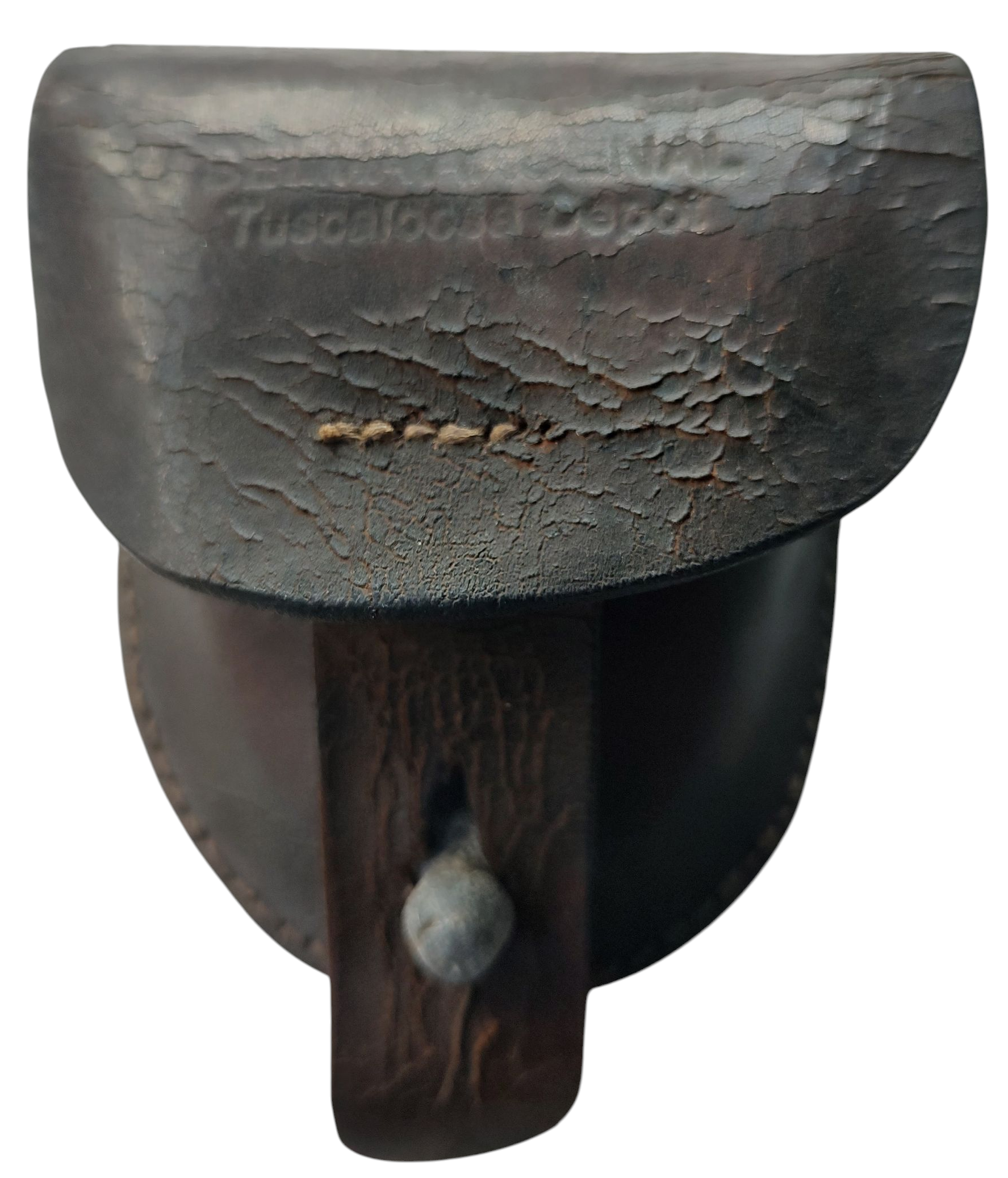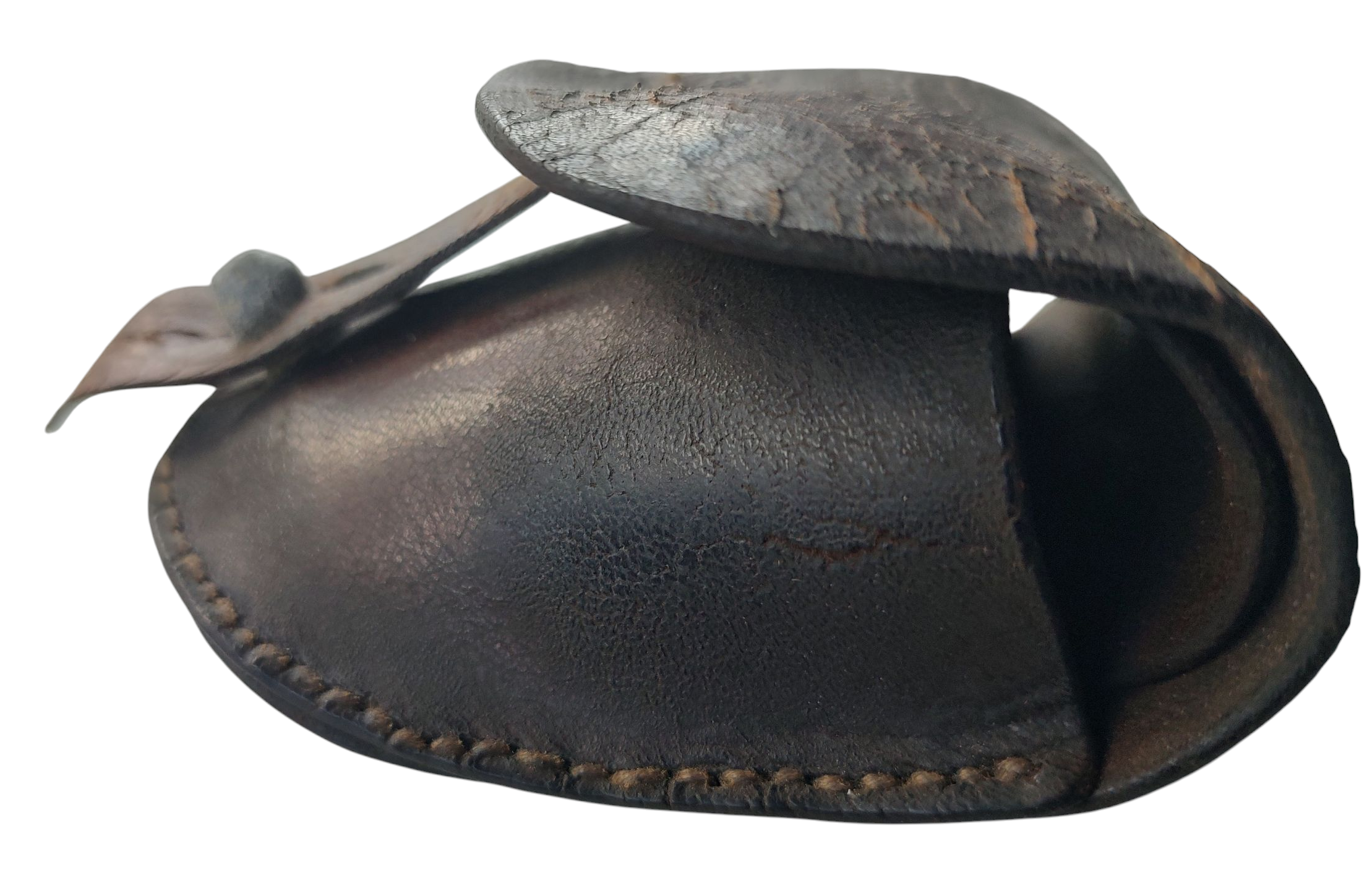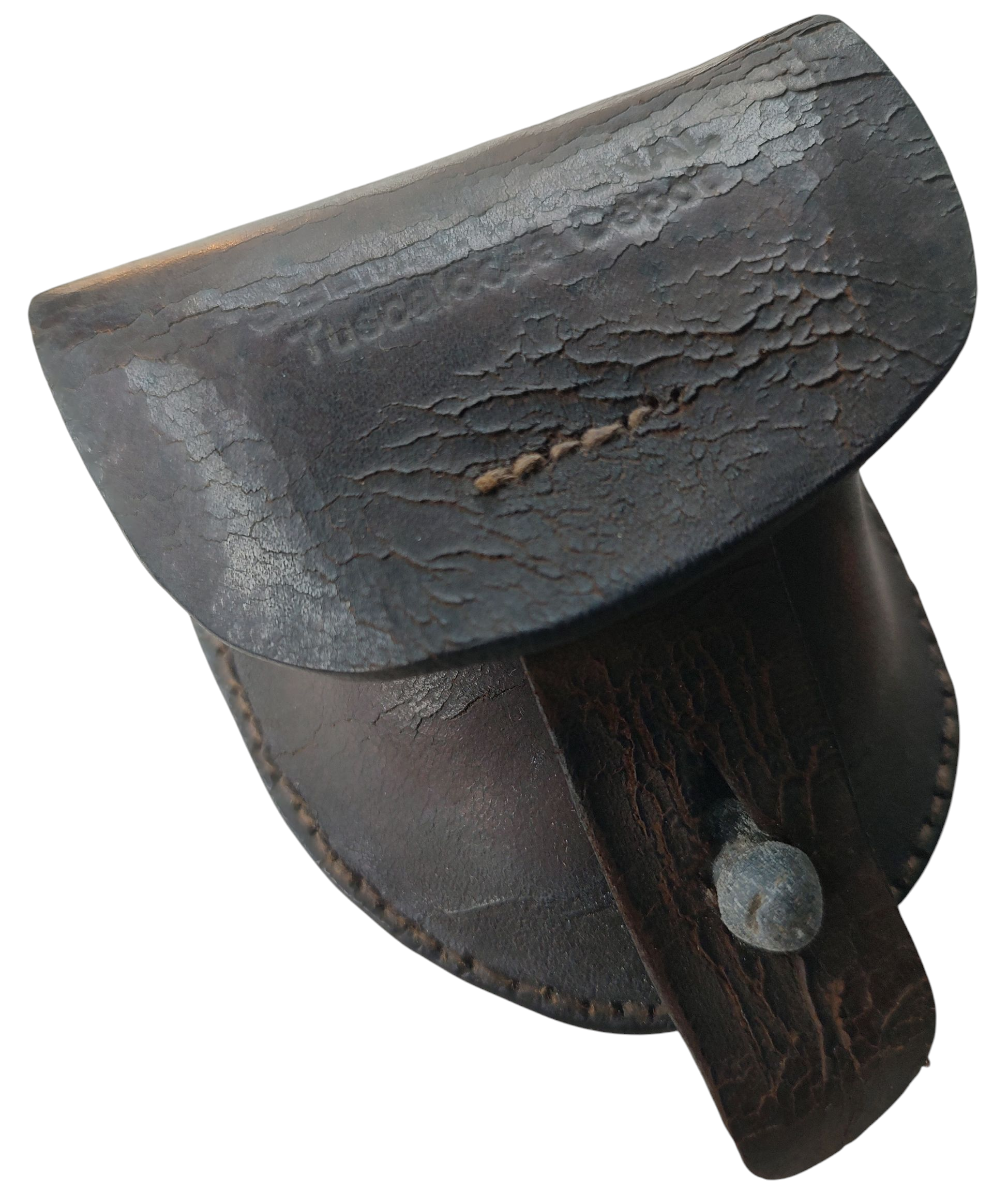Selma Naval Foundry The Selma Ordnance and Naval Foundry, also known as the Selma Naval Foundry and Ironworks and the Selma Arsenal and Gun Works, was a leading manufacturing center for the South during the Civil War. The facility, located on the Alabama River in Dallas County, produced finished war materials for the Confederate armed forces from pig-iron ingots from the state’s blast furnaces. At its peak around 1863-64, this manufacturing center employed as many as 10,000 workers in approximately 100 buildings and was second only to the Tredegar Ironworks in Richmond, Virginia, in the production of war materials.
Centrally located in the Confederacy hundreds of miles from enemy lines, Selma was the logical choice for a major manufacturing center, which was needed to compliment the output of the Tredegar Ironworks in Richmond. Its location on the Alabama River provided access to Mobile Bay, and it was connected by rail to Alabama’s rich iron and coal fields. The Shelby Iron Works, located near Columbiana in Shelby County and founded by Horace Ware in the late 1840s, was one of the major suppliers of iron to Selma’s manufacturing complex. Other significant suppliers included the Brierfield Furnace in Bibb County, Tannehill Ironworks in Jefferson County, and the Little Cahaba Iron Works (also known as “Brighthope”) in Bibb County, founded by William Phineas Browne in 1848.
By 1864, the government-owned facilities in Selma’s vast ordnance complex included the naval foundry, shipyard, army arsenal, and gunpowder works. The complex covered 50 acres along present-day Water Avenue, which runs roughly parallel to the Alabama River about six blocks from the Edmund Pettus Bridge.
Some 10,000 workers were employed in all of the various components of the complex at its peak around 1864, with 3,000 workers in the foundry and another 3,000 workers in the arsenal. A few of these workers were German craftsmen, but most were free women and children and enslaved men who were hired out by local landowners. Many mechanics employed in the city prior to the war were either conscripted or had volunteered for service, hampering Selma’s productivity during the conflict. This workforce turned out almost every item needed by the Confederate soldiers in the field, from horseshoe nails to gun carriages, and produced approximately half of the Confederacy’s cannon and two-thirds of its ammunition during the last two years of the war. The facility was further impeded throughout its existence by inadequate supplies of iron.
 CSS NashvilleThe facility’s shipyard contributed to the South’s war effort by building the ironclads CSS Tennessee, CSS Huntsville, and CSS Tuscaloosa and partially outfitting the CSS Nashville. The CSS Tennessee, a 1,273-ton ironclad ram, was the most important of the four, performing with merit, albeit in a losing cause, in the Battle of Mobile Bay. As a testament to the quality of iron plating produced by Selma’s naval shipyard, the Tennessee withstood heavy bombardment at close range with no major damage.
CSS NashvilleThe facility’s shipyard contributed to the South’s war effort by building the ironclads CSS Tennessee, CSS Huntsville, and CSS Tuscaloosa and partially outfitting the CSS Nashville. The CSS Tennessee, a 1,273-ton ironclad ram, was the most important of the four, performing with merit, albeit in a losing cause, in the Battle of Mobile Bay. As a testament to the quality of iron plating produced by Selma’s naval shipyard, the Tennessee withstood heavy bombardment at close range with no major damage.
The success of the Selma Ordnance and Naval Foundry made it an important target for the Union Army. But because of Selma’s location deep within the Confederacy, it was not attacked until the spring of 1865, when Gen. James H. Wilson led a cavalry raid into central Alabama to dismantle the state’s military production sites. Before advancing on Selma, Wilson’s forces burned the University of Alabama in Tuscaloosa and destroyed a number of Alabama’s iron-producing facilities, including those at Oxmoor, Irondale, and Tannehill in Jefferson County and Brighthope and Brierfield in Bibb County. Finally, on April 2, 1865, Wilson’s troops captured the city of Selma and completely destroyed all of the city’s manufacturing facilities and equipment, including the arsenal, the ordnance center, the gunpowder works, the nitre works, and 11 ironworks and foundries. In the arsenal alone, 15 siege guns, 10 heavy carriages, 10 field pieces, 10 caissons, 63,000 rounds of artillery ammunition, three million feet of lumber, and 10,000 bushels of coal were destroyed.
Just one week after the destruction of Selma, Gen. Robert E. Lee surrendered the Army of Northern Virginia to Gen. Ulysses S. Grant at Appomattox Court House, Virginia, and the war was effectively over. Selma’s manufacturing center had contributed greatly to the South’s ability to continue fighting during the last two years of the war. But its destruction insured that arms and ammunition could not be supplied to any guerilla forces that might be encouraged to keep on fighting.












